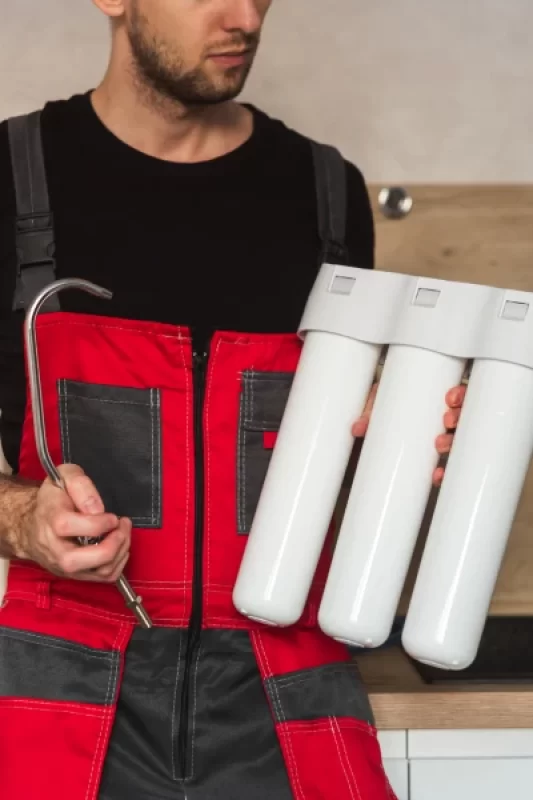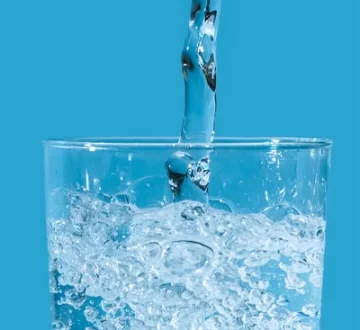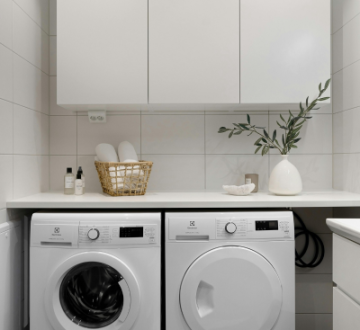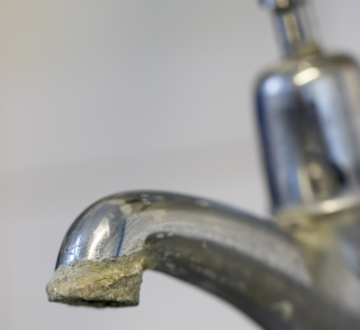Salt vs Salt-Free: The Basics
When shopping for a water softener, one of the first choices is between a salt-based system and a salt-free conditioner. Knowing the difference can help you pick the system that works best for your water quality, budget, and lifestyle.
How Salt-Based Water Softeners Work
Use ion exchange to remove calcium and magnesium from water.
Require regular salt or potassium refills.
Best for homes with high water hardness levels.
Pros:
Softens water completely.
Improves soap lather and rinsing.
Protects appliances and plumbing from scale buildup.
Cons:
Needs periodic salt refills.
Uses water during regeneration cycles.
How Salt-Free Water Conditioners Work
Do not remove minerals — instead, they change mineral structure so it won’t stick to surfaces.
Often use catalytic media or template-assisted crystallization.
Pros:
No salt to add.
Lower maintenance.
More eco-friendly in terms of salt discharge.
Cons:
Less effective for very hard water.
Won’t give the “soft water” feel for bathing.
Which Is Right for You?
Choose Salt-Based if you want true softened water and have high hardness.
Choose Salt-Free if your water is moderately hard, you want scale prevention, and prefer low maintenance.
Conclusion
When it comes to salt vs salt-free water softener options, the right choice depends on your home’s water hardness and your personal priorities.




